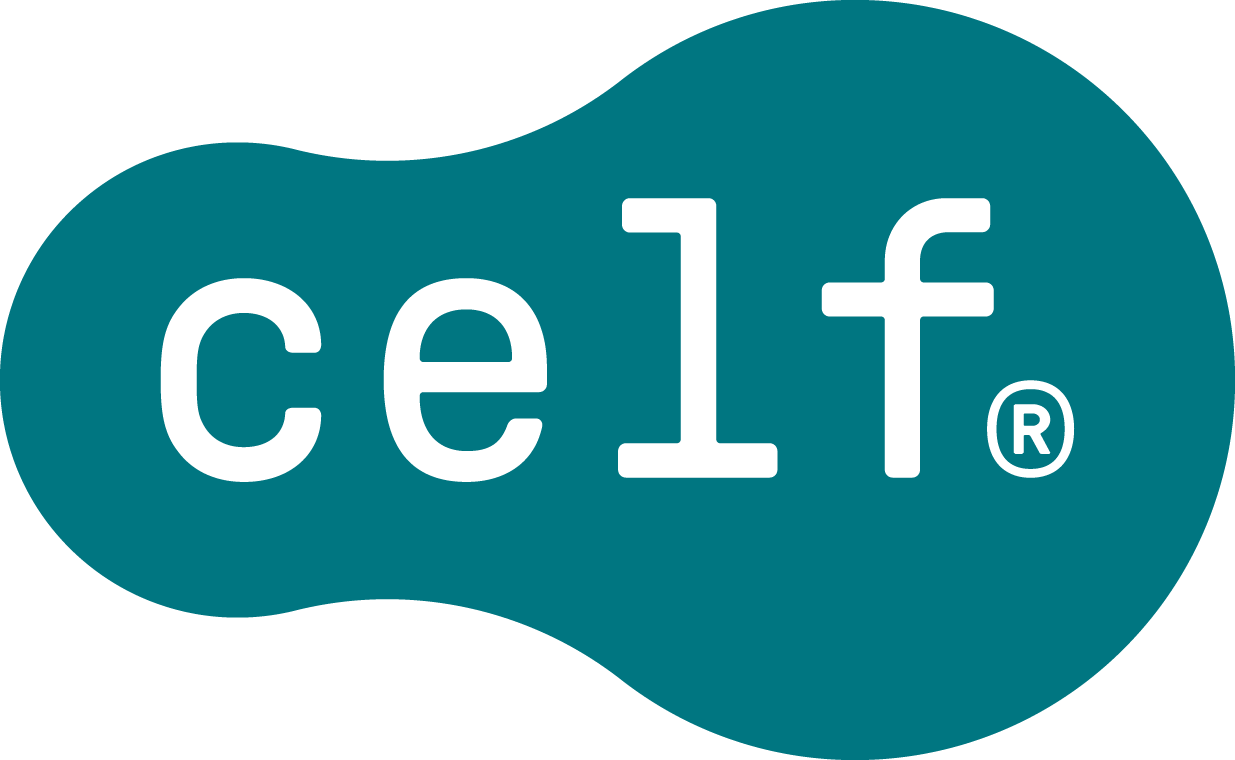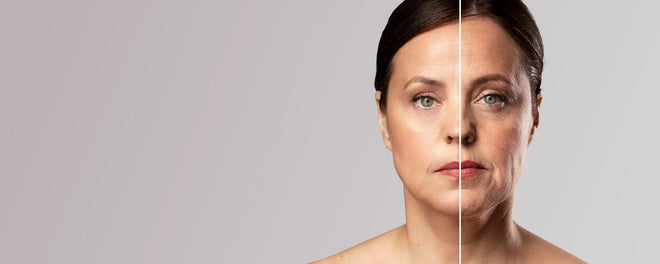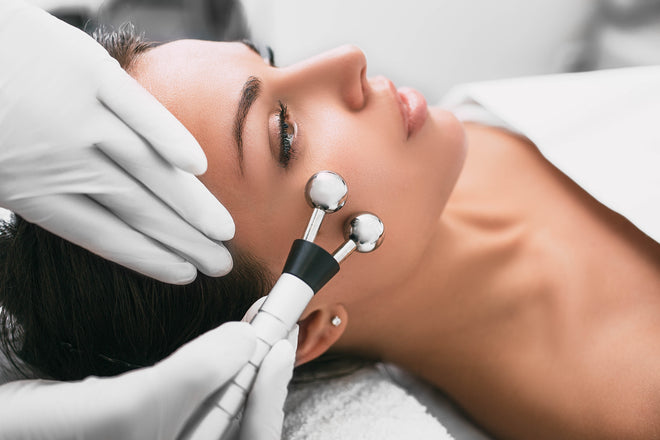Face Gua Sha: The Best Tools & Proven Techniques for Radiant Skin
Table of Contents
Face Gua Sha: The Definitive Tools & Techniques
I. Introduction: Ancient Wisdom Meets Modern Innovation
Gua Sha is a centuries-old healing practice rooted in Traditional Chinese Medicine , known for promoting the flow of qi (energy) to support balance and wellness. Traditionally used to move stagnant energy and encourage healing, Gua Sha has become a staple in modern skincare for its ability to refresh and revitalize the skin.
This guide explores both the traditional science and techniques behind Gua Sha, as well as the evolution of high-tech tools that enhance the experience. We’ll cover everything from choosing the right stone to incorporating technology-driven innovations that make Gua Sha easier, more effective, and accessible for all skill levels.
Whether you’re new to Gua Sha or looking to refine your technique, this comprehensive guide will help you deepen your practice, select the best tools, and seamlessly integrate modern advancements into your beauty ritual—helping you achieve a more radiant, lifted complexion.
II. What Is Gua Sha? Background and Science
Traditionally, Gua Sha is embedded in East Asian healing practices with Chinese Medicine promoting health based on the belief that all disease stems from an imbalance on the inside. Gua Sha uses scrapers to address stagnation for muscle tension, enhance immune function, and re-establish balance. Gua - to scrape and Sha - describes the red spots (petechiae) depicted during traditional body treatment which signal the release of stagnated energy. Traditionally, smooth-edged shaped scrapers made from bone, stone, or horn were scraped across lubricated skin to initiate healing.
The same technique applied to the face is still powerful but significantly gentler. In fact, current studies show Gua Sha enhances microcirculation, lymphatic drainage, and skin oxygenation. One key study published in the National Library of Medicine showed almost a 400% increase in local microcirculation after treatment. This physiological improvement, along with a decrease in systemic inflammation, assists in promoting cellular turnover and fibroblast activity to create collagen.
It’s important to distinguish body Gua Sha from facial Gua Sha. While body treatments utilize firm pressure on the body to deal with muscular and systemic issues, facial Gua Sha relies on gentle movement for the safe and effective treatment of facial tissue to avoid bruising and damage to delicate skin. Facial Gua Sha tools have specific shapes to target facial areas, allowing the practitioner to use the tool where safe.
CTA: Find out how low-frequency micro vibration differs from traditional Gua Sha → CELF Beauty
A. The Effects of Gua Sha within the Skin
The Gua Sha aesthetic is a low-tech option; however, it sets off enormous physiological responses efficiently under the skin. Gentle pressure combined with sweeping movements creates microcirculation and movement, which enhances blood and lymph flow to the targeted area of the face, flushing all the toxicity out, relieving swelling, and enhancing and delivering oxygen to tissues, making the complexion brighter.
A notable benefit of facial Gua Sha is the assistance with lymphatic drainage. The lymphatic system lacks a central pumping mechanism like the circulatory system, so Gua Sha can stimulate lymphatic drainage of stagnant fluid, which is often the cause of puffiness. Gua Sha works well because it helps lymphatic fluid escape from the proper drainage areas of the face, such as from the cheekbone to the ear and down the neck. It provides effective and helpful drainage and decreases bloating by contouring the face actively.
C. Body vs. Facial Gua Sha
Gua Sha can be a more personalised,personalized stable practice than just scraping. The body regimen can be too aggressive for the development of the face. The body Gua Sha is a completely different tool and application, producing firm pressure with a deeper level of scraping. Within this, the effect will be bruising (sha) or redness that will be left when finished, but traditionally, it is used therapeutically to relieve muscular pain, inflammation, and stiffness.
Facial Gua Sha seeks to achieve the same physiological outcomes with a lighter level of touch, using completely different tools and applying techniques to avoid damage to the facial skin. The face can have thinner skin, smaller lymph nodes, and more vascular channels, so it needs to be done in a less purposeful approach and with a softer touch. The kind of tools used for the face are often much smoother, smaller, and contoured specifically for the face and areas like the jawline, cheekbones, and brow ridges.
Another important difference is intent. The intent behind body Gua Sha deals mostly with muscular and systemic relief, while facial Gua Sha is cosmetic, sculptural, and restorative. Facial Gua Sha addresses several beauty outcomes: de-puffing, lifting, glow enhancement, and the release of some embedded tension.
III. Facial Benefits of Gua Sha Backed by Science
A. Lymphatic Drainage and De-Puffing
Puffy facial features are often an outcome of stagnant lymphatic fluid, pooled beneath the skin. Gua Sha provides a manual pump action for the lymphatic system, rolling the lymph fluid out and toward the drainage points located along the neck and collarbone area. Facial Gua Sha can significantly reduce puffiness, especially in the eye and jaw areas for an improved, sculpted look.
Scientifically, imaging and ultrasound studies demonstrate that Gua Sha increases local circulation and increases lymphatic circulation, which assists in detoxifying tissues and evicts excess water. Regularly applying Gua Sha will offer visible de-puffing of the skin & allow for a better internal environment for skin cells to thrive.
CELF’s microvibration tool magnifies the drainage process with a rhythmic pulse that can imitate manual strokes of Gua Sha while delivering deeper, consistent stimulation — perfect for a combination treatment, or for individuals who are looking for targeted and fast results with minimal effort.
B. Enhanced Blood Circulation and Skin Glow
One of the first things users notice when starting facial Gua Sha practice is the natural glow they receive. This isn't a coincidence — with enhanced microcirculation, oxygenated-nutrient blood packages are delivered to the skin surface; combined with enhanced cellular repair & cellular renewal, the outcome is more glow, clarity, and radiance to your skin and often in only a few minutes.
One study in the Journal of Traditional Chinese Medicine measured and verified the influence of increased surface microcirculation for over 25 minutes after the application of Gua Sha therapy, offering a lasting skin vitality effect far beyond the duration of application. Improved blood circulation means better nourishment, better healing, and ultimately better skin.
Using CELF’s vibration-assisted tool can enhance this effect — providing circulation boosts to hard-to-reach parts of the face like the nasal folds, under-eye region, and hairline with ergonomic efficiency.
C. Natural Facial Contouring and Lift
No need for invasive procedures — Gua Sha is a natural way to lift and contour facial features through mechanical manipulation. You can consider it a face “workout,” as you are essentially directing the tool along muscular and lymphatic pathways. This mechanical stimulus, with regular use, will lead to toning the underlying facial fascia and connective tissue, which might define cheekbones, tighten the jawline, and lift the brow.
This lift is reinforced with muscle memory by training the fascia: just like the most effective resistance training changes the shape of the body, with regular sessions of Gua Sha you will be able to re-educate the facial muscles and eject sagging.
This lift through muscle and fascia training holds true in the smart design of CELF which uses purposeful microvibrations to engage the deeper layers of skin and fascia without intensive pressure, making it ideal for the daily lifting and toning, even for sensitive skin.
D. Collagen Support and Anti-Aging Benefits
Collagen is at the heart of youthful skin. Collagen is the structural protein that lends firmness, elasticity, and smooth texture to skin. Gua Sha has been shown to stimulate dermal fibroblast cells, the cells directly involved in producing collagen and elastin.
The potential benefits of repeated mechanical stimulation from Gua Sha may be the support of collagen remodeling, which helps to soften fine lines, improve elasticity, and delay sagging skin. The changes produced by Gua Sha therapy may be subtle initially, but accumulate over time to support long-lasting age-positive skincare goals.
CELF’s tool facilitates collagen production and renewal by utilizing low-frequency microvibration technology. Low-frequency microvibration penetrates deeper and is more effective than manual Gua Sha alone — giving your collagen-producing cells an extra bump toward resilient renewal.
IV. Effective Gua Sha Techniques
Proper technique and consistency are the two most important things to keep in mind with a Gua Sha routine.
Preparing the Skin:
For the most effective Gua Sha routine, always begin with a clean face and apply a hydrating serum or oil to the skin. This layer of product helps the tool glide smoothly against your skin and allows for better absorption of serums and oils.
Technique for Application:
Always start from the neck and work your way up to promote lymphatic drainage. Sweep along your chin and jawline, cheekbones, and forehead, using upward movements. Try to direct your movement on emphasis areas like the temples, jawline, and under the eyes.
Effort and Pressure:
Make sure you maintain light to moderate pressure (especially on areas under the eyes). Repeat each stroke from three to five times and along the natural contour of your face.
Consistency for Results:
If you want the benefits of Gua Sha to result in a noticeable contour and skin rejuvenation, you must engage in the routine two to three times a week until you see results. Consistent use of a Gua Sha tool can improve skin tone, puffiness, and elasticity over time.
V. Choosing the Right Gua Sha Tool for Your Skin
Choosing the right tool can really maximize your Gua Sha experience! Here are some important things to consider:
Material:
Gua Sha tools come in a wide variety of materials, and each brings its own benefits! Jade is refreshing, rose quartz is soothing, and stainless steel can provide stimulation and penetration to a deeper level. Choose a material that best serves your skin concern.
Shape and Size:
Make sure to choose a tool that is comfortable for you to hold and fits well with the contours of your face. Smaller, contoured tools work great for the jawline and under the eyes, while larger tools can work best for cheeks and forehead.
Traditional vs Modern:
Traditional Gua Sha tools allow you to use your intuitive feel and hands-on movement, while modern tools can provide precise motions and stronger stimulation. The microvibration allows for deeper penetration into the skin, which can lead to greater results!
VI. Common Mistakes When Gua Shaing
If you want your Gua Sha to be successful, avoid these common mistakes:
Too Much Pressure:
Caution! Applying too much pressure can harm your skin (especially considering the face has thinner skin than the body)! Ideally, keep strokes light and controlled to prevent irritation or bruising.
-
Skipping Hydration:
Never, never use Gua Sha on dry skin. Always hydrate your skin with a nourishing serum or oil before you begin the treatment to ensure smooth gliding of the tool and optimal results.
-
Rushing the Treatment:
Gua Sha is a ritual that requires time and patience. Take your time and go at your own pace to experience maximum relaxation and effectiveness. You won't want to rush it anyway!
VII. Putting Gua Sha into Your Skincare Routine
For the most effective results, Gua Sha should be a regular part of your skincare routine. Here's how to incorporate it:
Pre-Gua Sha Steps:
Start with a clean face, followed by a hydrating serum/oil. This will prepare and hydrate your skin while providing a smoother surface for the tool to glide across.
Routine Timing:
Follow Gua Sha application with moisturizer, but before the moisturizer is applied, the Gua Sha is helping draw the product into the skin and providing a surface for your moisturizer to adhere to.
Consistency is Important:
To see improvements in skin tone and texture, you need to use Gua Sha two or three times per week. With consistency, you'll notice greater sculpting and revitalization.
Take Concurrent Treatments into Consideration:
Gua Sha can work compatibly with other treatments, such as facial masks or LED therapies. Just be sure to use the tool gently to avoid irritating or overstimulating the skin.
VIII. Gua Sha and Skin Types
Adapting Gua Sha to your skin type will yield the most significant benefits:
-
Sensitive Skin: Stones that are smoother, such as jade or rose quartz, would be best suited for sensitive skin. Use slower strokes to increase circulation and avoid overstimulating. If you are using a device, it may be best to choose a lower vibration setting to reduce the chance of irritation.
-
Dry Skin: Apply a rich oil or serum to the entire area to ensure the surface is smooth and allows the tool to glide smoothly.This will allow for deep nourishment of your skin while you are treating.
Oily or Acne-Prone Skin:
Use caution with Gua Sha for your active breakouts. If you have any active acne, avoid touching the area to decrease potential irritation. You can, however, still manipulate the jawline, forehead, and neck area, as oil production and circulation are likely concerns in these regions.
Combination Skin:
Combination skin most likely requires different techniques for different areas. Softer strokes in the T-zone will have an oil-controlling effect, while being hydrating for the cheeks.
IX. Gua Sha for Stress Relief
Gua Sha offers benefits beyond aesthetics—it's a true gift for calming the mind and body, with the following benefits:
-
Activating the Parasympathetic Nervous System:
Gua Sha activates the Parasympathetic Nervous System, moving you into a state of relaxation and calming your nerves. It is a potent supporter of well-being. -
Tension Release:
Gua Sha can release tension from stress-prone areas, such as the jawline, temples, and forehead. Targeting these areas with Gua Sha pressure can loosen tightness, promoting instant and deep relief. -
Maximal Relaxation Experience:
To maximize the relaxation benefits of Gua Sha, you could also practice breathing or mindfulness exercises. Combining Gua Sha with breathing or mindfulness practices is an effective way to deepen relaxation and enhance both physical and mental relaxation. -
Microvibration to Assist Relaxation:
CELF promotes relaxation through rhythmic microvibration. The gentle stimulation helps relieve muscle tension and calm an agitated mind, supporting a deeper, more effective stress management experience.
X. Potential Gua Sha Future in Beauty & Wellness
As Gua Sha continues to grow in popularity within the beauty and wellness industry, we can expect:
-
Technological Improvements:
Expect more devices integrating technology into Gua Sha, like microvibration, to provide a greater level of stimulation benefits. -
Integration with Complementary Modalities:
Gua Sha will increasingly be combined with other wellness practices such as facial acupuncture, LED therapy, and massage to enhance personalized skincare routines. -
In a Nutshell:
Beauty trends are moving away from invasive treatments, and Gua Sha is becoming a staple in many beauty routines. It combines the traditional practice of using a Gua Sha tool with modern technology and will continue to be a highly sought-after beauty tool.
As consumers expect more customized skincare options, Gua Sha tools will be used for more personalized care. With customizable options, people can adapt their Gua Sha practices to suit specific skincare needs, ensuring its relevance in the wellness world.
XI. Conclusion
Gua Sha, a practice rooted in Traditional Chinese Medicine, is a timeless skincare ritual that promotes circulation, lymphatic drainage, skin tone, texture, and stress reduction. It offers a mindful, hands-on approach to enhancing facial health and overall well-being.
Modern tools like CELF’s microvibration technology build on similar goals, delivering gentle, rhythmic stimulation to further support circulation, relaxation, and skin vitality. By combining traditional techniques like Gua Sha with innovations like CELF, you can create a comprehensive, modern skincare routine that works with your lifestyle.
Now that you are equipped with the knowledge of proper techniques, tool selection, and important “don’ts,” it’s time to elevate your facial care regimen. Experience the benefits of ancient wisdom and advanced technology together—and unlock your skin’s full potential with CELF.
FAQs
1. Does a gua sha actually help your face?
Yes, gua sha can help improve circulation, reduce puffiness, and promote lymphatic drainage in the face. When done correctly, it may also enhance skin tone and relaxation, but results vary depending on technique and frequency.
2. What do dermatologists think of gua sha?
Many dermatologists acknowledge gua sha’s benefits for facial massage and relaxation but caution that it should be done gently to avoid bruising or skin irritation. They recommend it as a complementary technique rather than a replacement for medical skincare treatments.
3. What is the disadvantage of gua sha?
The main disadvantages include potential skin bruising if used with excessive pressure, temporary redness, or irritation, especially on sensitive skin. It’s important to use the right tools and proper technique to minimize risks.
4. How often should you gua sha your face?
For most people, gua sha can be safely done 3-4 times a week. Some incorporate it daily as part of their skincare routine, but it’s best to listen to your skin and avoid overdoing it to prevent irritation.




